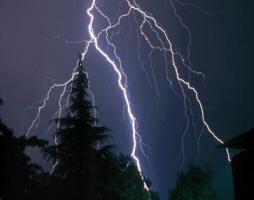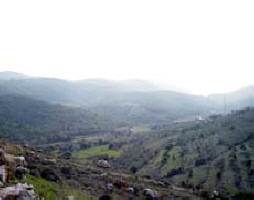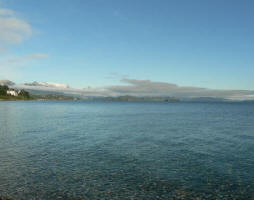 Roadmap for the Rehabilitation of the Lower Jordan River
Roadmap for the Rehabilitation of the Lower Jordan River
The Lower Jordan River is dying. An estimated 97% of its historical flow of some 1,250 million cubic meters (MCM) per year has been diverted by Israel, Syria and Jordan. In large patches of the LJR, there is almost no flowing water. In other parts, the remaining flow is primarily saline and wastewater. The river has already lost 50% of its biodiversity and has essentially been converted into a sewage canal.
This report, prepared by DHV Consultancy and Engineers on behalf of FoEME Tel Aviv using the innovative WEAP program, integrates the most up-to-date data regarding water sources, land and water use in the basin, climate change impacts, national plans that relate to the Lower Jordan and more, to give a clear projection for the future of the Lower Jordan and offer solutions for how Israeli decision makers can directly contribute to the river's rehabilitation. The model demonstrates that a combination of implementing the mid-term plans already being advanced by the Israeli government, and cost effective water demand management strategies advocated by FoEME, can return fresh water back into the Lower Jordan River to meet environmental flow recommendations.
This report was initiated by EcoPeace/Friends of the Earth Middle East (FoEME), with the aim of providing decision-makers with a specific, implementable vision for the first phase of a rehabilitation plan for the Lower Jordan River (LJR). This initial phase focuses on the Israeli side of the river between the Sea of Galilee (SoG) and Bezeq Stream (i.e. Upper LJR). All but a small portion of this stretch of the river is shared by Israel and Jordan and the resulting plan will require the approval of the Israeli-Jordanian Joint Water Committee before being implemented in practice.
The required quantities and quality of water for the LJR were identified in FoEME's Environmental Flows report published in 2010. This report concluded that the LJR requires 400 MCM/Yr (less than a third of the historical flow), to be expanded to 600 MCM over time. The river's salinity should be reduced to no more than 750 milligram per liter (mg/L). At least one flood event should be allowed per year with a discharge of approximately 20-50 m3/s lasting at least 24 hours, totaling to some 4 MCM. Summer flow should reach at least 30% of historical flows. Implementation of this strategy would allow the recovery of stable communities of flora and fauna while achieving a fair to high ecosystem integrity and health.
| Contact information |
Gilad Safier, EcoPeace/ Friends of the Earth Middle East Amman, Bethlehem and Tel Aviv / Elizabeth Ya'ari Jordan River Rehabilitation Project Coordinator Friends of the Earth Middle East
(email: info@foeme.org ; elizabeth@foeme.org) Phone: 03 5605383 Fax: 03 5604693 |
|---|---|
| News type | Inbrief |
| File link |
http://foeme.org/uploads/13209208250~%5E$%5E~DHV_Full_Report_11.2011.pdf |
| Source of information | FoEME - EcoPeace/ Friends of the Earth Middle East Amman, Bethlehem and Tel Aviv |
| Subject(s) | HYDRAULICS - HYDROLOGY , NATURAL MEDIUM , POLICY-WATER POLICY AND WATER MANAGEMENT , PREVENTION AND NUISANCES POLLUTION |
| Relation | http://foeme.org/www/?module=projects&record_id=121 |
| Geographical coverage | Jordan,Palestine,Israel, |
| Working language(s) | ENGLISH |
 you are not logged in
you are not logged in





